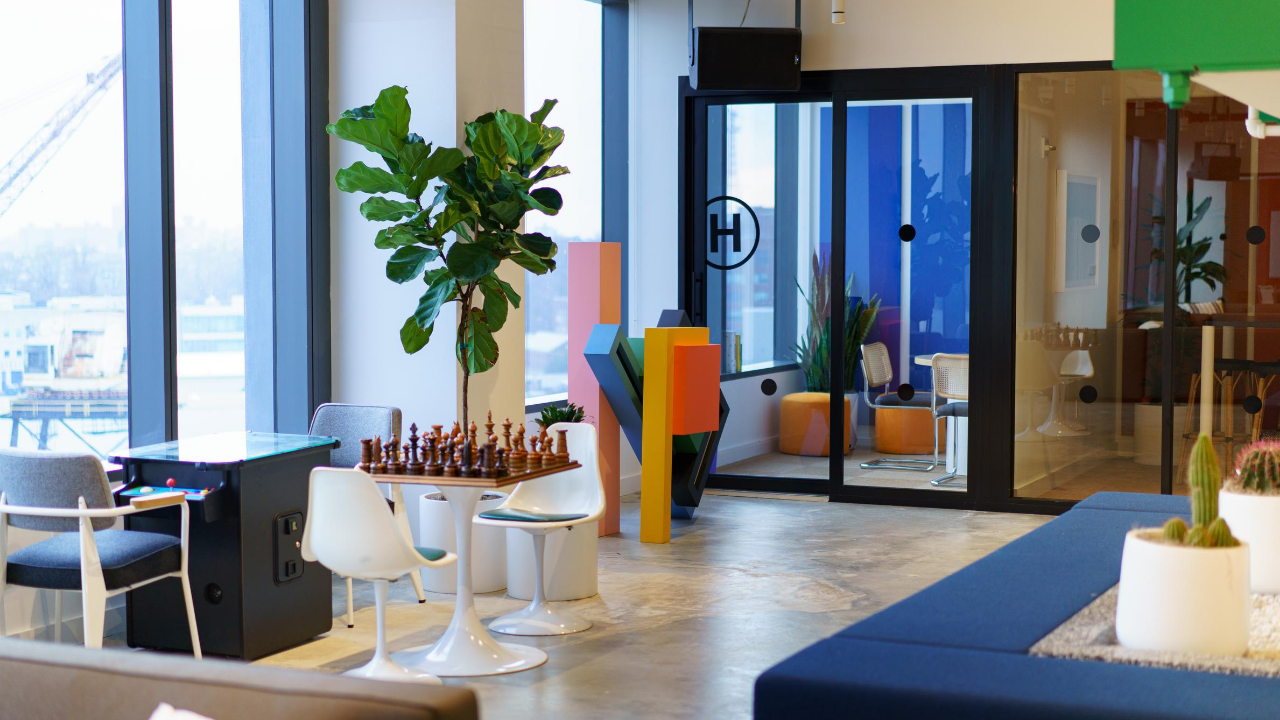Companies have started to reconsider the need for large centralized offices in the wake of the ongoing pandemic. Several organizations have continued to operate mostly remotely and are finding this arrangement to be useful in many ways. However, the best post-pandemic workplace strategy should combine both in-office and remote environments.
Although research has long proven that remote working improves productivity, job satisfaction and work-life balance, doing so in unprecedented times has caused stress. Many workers now have to juggle work and home responsibilities within the same space.
Still, the benefits of remote working are hard to ignore. Less commutes and more flexibility make working from home essential for workplaces of the future.
This might cause some to wonder whether the office will still be necessary moving forward. In short, yes.
Physical offices offer a place to properly conduct team meetings, as well as provide a space for workers who find working at home to be distracting.
Sociologist Richard Sennett’s studies from nearly 40 years ago found that, although people do need privacy to accomplish quality work, they also need places that bring them closer together with colleagues.
Additionally, offices are essential to nurturing a workplace culture. While companies have attempted to keep employees engaged virtually through Zoom happy hours, these events do not properly replace face-to-face interactions.
To find a balance between these two work styles, companies should consider adopting satellite offices in suburban areas. By doing so, employees have the option to go into the office when necessary, while still being close to home.


 Dr. Gleb Tsipursky – The Office Whisperer
Dr. Gleb Tsipursky – The Office Whisperer Nirit Cohen – WorkFutures
Nirit Cohen – WorkFutures Angela Howard – Culture Expert
Angela Howard – Culture Expert Drew Jones – Design & Innovation
Drew Jones – Design & Innovation Jonathan Price – CRE & Flex Expert
Jonathan Price – CRE & Flex Expert











